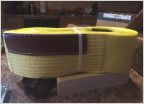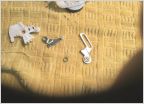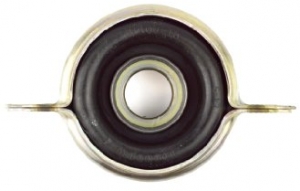-
Welcome to Tacoma World!
You are currently viewing as a guest! To get full-access, you need to register for a FREE account.
As a registered member, you’ll be able to:- Participate in all Tacoma discussion topics
- Communicate privately with other Tacoma owners from around the world
- Post your own photos in our Members Gallery
- Access all special features of the site
Charging Issue
Discussion in '2nd Gen. Tacomas (2005-2015)' started by aviolette, Feb 21, 2013.
Page 2 of 2
Page 2 of 2


 Please recommend a good tow strap for me
Please recommend a good tow strap for me Fender Flare Fix Suggestions
Fender Flare Fix Suggestions Driver Rear Door Locks Not Working
Driver Rear Door Locks Not Working SS5 7 POD CROSSLINK - Harness getting hot and burning relays…
SS5 7 POD CROSSLINK - Harness getting hot and burning relays… Correct Cam Bolt Assembly Part Numbers, and Bushing Part Numbers
Correct Cam Bolt Assembly Part Numbers, and Bushing Part Numbers A/C Question
A/C Question









































































